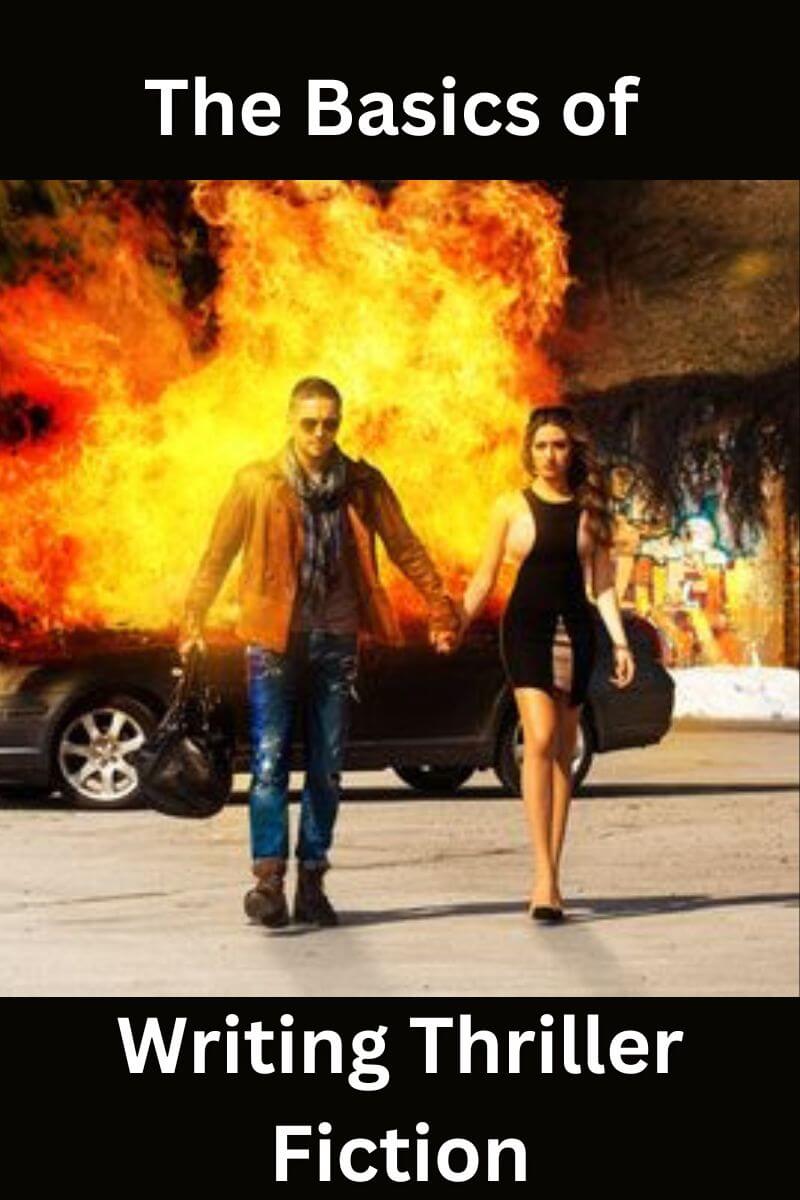Switching point of view??
by Ellen
Question: I was wondering if it was okay to change the point of view every once in a while. I am only writing this story for two reasons: for myself and for wattpad. It isn't anything special that is going to be published. I just wanted to ask about switching points of view. I have seen others do it, but does it confuse the reader? Is it a better way to be able to fit other characters ideas and emotions into the story? Thank you!
Answer: Obviously, changing points of view is a technique used often in fiction. Whether you should do it depends on the effect you want to create. There is also a trade-off which you should be aware of.
The advantage to telling a story consistently from one character's point of view is that the reader can enjoy the illusion of being the character, of seeing the story through the character's eyes. It can be a very intimate experience. The limitation of this method is that the reader can only find out what that one character knows, perceives, and discovers.
Switching points of view creates dramatic irony (meaning that the reader learns things the main character doesn't). This lets the reader see the main character from a more detached perspective. For instance, sometimes knowing more about the story world can let the reader see that the main character is making a mistake, has misinterpreted something, or (in the worst example) is walking into a trap. It can give the reader an understanding of the bigger forces at work which the main character is oblivious to.
Sometimes writers use multiple perspectives because they are more interested in painting a portrait of a group of friends or a community than a single character. They may be writing an epic than involves many disparate factions, territories, generations, or subplots. Multiple points of
Many romances use two points of view - the two romantic leads - to give the reader an experience they cannot get in real life, that of knowing what their partner actually thinks and feels.
And sometimes, the writer just can't find any other way to give the reader a piece of vital information than to switch briefly to a different character's perspective.
The drawback to switching points of view is that the more POV characters you introduce and the more time the reader spends in other characters' perspectives, the weaker the connection between the reader and the main character and the closer the story moves to omniscient narration.
So, if you want your main character to be the reader's hero (or heroine), you probably want to stick with that character's point of view. If you want the reader to see the character and the story world more objectively, multiple POVs is appropriate.
How to not confuse the reader:
The one thing you must never do is to switch points of view within a scene. If the reader starts out seeing the scene from one character's perspective, then you must stick with that perspective consistently. That means no describing other characters thoughts, feelings, or perceptions - only what the POV character perceives. It can be disconcerting for the reader to suddenly be in another character's head.
If you switch POVs, make sure there is a clear break. At the very least, insert a blank line when the break happens. Then start a new scene after the break. An even better approach is to only switch POVs at chapter breaks. Some clues that help the reader know whose head they are in are also helpful. For instance, try to give each POV character a different voice.
- Home
- Character Questions
- Switching point of view??











